It started like a lot of proficiency flights do: a clear day, a long runway, and a plan to shoot a practice instrument approach to a full-stop landing. On April 6, 2024, a Beech A36 Bonanza, N1861M, arrived at Cleveland-Hopkins (CLE) after a VFR cross-country from Norfolk, Virginia, and lined up for the ILS to Runway 06L. Conditions were visual, the runway was dry, and the airport was wide open—9000 by 150 feet of concrete at 799 feet MSL. The pilot reported a wake turbulence caution from a departing regional jet, settled into the flare…and then the airplane suddenly sank from about five feet, smacked down hard on the mains, and rocked forward onto the nosewheel. What followed was a series of bounces, an attempted go-around that didn’t come together, and a sliding stop with the nose on the pavement and a small fire around the engine. One serious injury, one uninjured passenger, and substantial damage to the Bonanza.
Who Was Flying and What They Brought to the Cockpit
The pilot was a 64-year-old private pilot—no instrument rating, no instructor certificates. His logbook showed 291.1 total hours, a remarkable 254.2 hours in the A36, and 159.5 hours as PIC. Recent flying looked solid: 55.7 hours in the last 90 days and 6.5 in the last 30. Medical was a Class III, last issued in late 2021, and his flight review had been completed two months before the accident. This wasn’t a low-time new owner or an unfamiliar-airplane situation; by the numbers, he knew this Bonanza well. The airplane itself was a 1981 A36 with a Continental IO-520-B (285 hp), retractable tricycle gear, and an annual completed just over nine flight hours earlier.
The Setup: Weather, Runway, and Traffic
Weather at CLE was benign: scattered clouds around 4,500 feet, 10 miles visibility, and a surface wind reported at 350°/5 knots near the accident time. Data pulled from the airplane and airport surveillance video later indicated a left quartering headwind closer to 10–13 knots at the moment things went sideways. The approach used was the ILS to 06L, flown in VMC, and tower had offered the pilot a wake turbulence caution for a regional jet that departed a parallel runway about a minute earlier. That jet launched from the right-side parallel, which—given the wind direction—was downwind of 06L. With the wind blowing wake away from the Bonanza’s path and a minute of separation, wake wasn’t the villain here. The stage was set for an ordinary landing.
The Flare That Didn’t Hold
According to the pilot, the airplane descended “suddenly” from about five feet AGL in the flare. That’s the danger zone for energy mismanagement—too slow, a touch high, or a bit of gust decay and the sink rate can build faster than you can cushion it. The Bonanza hit hard on the main gear and then pitched forward onto the nosewheel. That forward “rock” is the classic start of a porpoise. In a tricycle-gear airplane, once the nosewheel gets planted and the pitch gets driven, the next touchdown can be even firmer, and the cycle repeats.
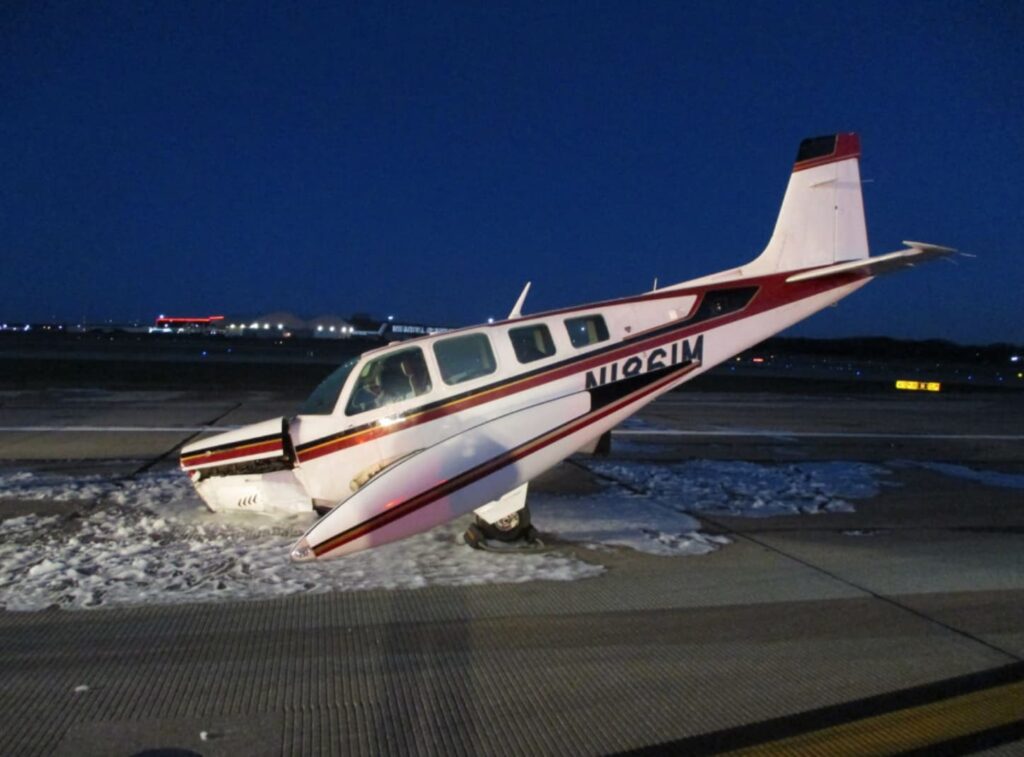
Go-Around Attempt—And Why It Didn’t Save the Day
The pilot tried to abort the landing after the first impact. That’s generally the right instinct: once a landing starts to porpoise, the safest choice is usually a go-around—power, pitch to climb attitude, manage yaw, and get the airplane flying away from the runway environment. But “tried” doesn’t mean “executed.” In the seconds after a hard touchdown, it’s easy to be behind the airplane: the prop is unloading, pitch is oscillating, and the airplane may not respond as expected if the nosewheel is on the ground and airspeed is low. The Bonanza bounced several more times down the runway. The sequence ended with the aircraft coming to rest on its nose, a small post-accident fire at the engine compartment, and substantial wing damage. The passenger walked away; the pilot suffered a serious injury.
Was Wake Turbulence a Factor?
Tower’s caution stuck in the pilot’s mind, and understandably so. Wake turbulence gets inside a lot of pilots’ heads because the consequences can be severe. But the investigation’s look at ATC timing, runway geometry, and wind told a clear story: the departing airliner was on a parallel runway to the right—downwind of the Bonanza’s runway—about a minute before the Bonanza crossed the threshold. With a left quartering headwind, any wake would have drifted away from 06L, not toward it. Add in the time separation and the parallel layout, and the wake was unlikely to have played a role. This mattering because fixation on a “maybe wake” explanation can distract from the more likely, more fixable cause: a loss of pitch and energy control in the flare.
What Likely Went Wrong in the Flare
Let’s zoom in on the physics. Five feet AGL is low enough that the combination of a slight gust fading, a momentary pitch relaxation, or a touch of sink from being below the power curve can all add up to a hard bite of earth. A 10–13-knot quartering headwind can also tempt a pilot into relaxing crosswind inputs during the hold-off. If the upwind wing lifts slightly or the nose drops as you chase centerline, you can trade pitch stability for roll or yaw correction at exactly the wrong moment. In the Bonanza, with its long nose and responsive elevator, even a small pitch-down during the flare can steepen the sink.
Once the initial hit drove the nosewheel onto the pavement, the airplane was set up to porpoise. The recipe is familiar: rebound off the springs, nosewheel meets runway again, pitch dumps, and each bounce grows unless you break the cycle. The path out is immediate go-around technique—full power, maintain or reestablish flying attitude (not “yank”), correct yaw with rudder, and either retract the gear after a positive rate or—if still firmly on the ground—keep it down and roll it out. Half-measures—power coming in late, pitch oscillating, or trying to “salvage” the landing after it’s gone—tend to extend the bounce train and raise the damage bill.
NTSB’s Bottom Line
The probable cause was straightforward: the pilot’s failure to maintain control during landing, leading to a hard, bounced touchdown. There were no reported preimpact mechanical issues. The wake turbulence caution was noted, but the geometry and wind made it an unlikely factor. The environment was favorable: daylight VMC, long dry runway, and a familiar airplane at a home-field-class airport.
Training Takeaways You Can Use Tomorrow
- Commit to a Bounce Policy. Decide in advance: one significant bounce equals an immediate go-around. Not a “maybe,” not a salvage attempt—power, pitch, go. Make that a habit pattern so you’re not negotiating with yourself when time compresses.
- Fly the Crosswind All the Way. In a left quartering headwind, keep aileron into the wind and hold the centerline with rudder. Don’t let the focus on centerline bleed pitch control. If crosswind correction starts to demand your full attention, use a touch of power in the flare to reduce sink while you re-establish the right attitude.
- Mind the Energy in the Hold-Off. Gusty or variable winds can decay right at the threshold. Carry a small gust factor on final and plan for a slightly firmer but controlled touchdown, rather than stretching the float. If speed bleeds below target in the flare, add a hint of power and land with authority.
- Go-Around Technique, Rehearsed. Chair-fly the sequence: power smoothly to full, pitch to attitude (don’t yank), center the ball, confirm positive rate, then gear. If you’re still porpoising on the runway when you decide to go, optimize for directional control first; sometimes the safer call is to reduce pitch oscillations, maintain centerline, and roll out.
- Respect the “Five-Foot Trap.” A lot of landings go bad in that last five feet. That’s where hand-eye discipline, trim, and small power changes pay off. If you feel yourself chasing it—pitch pumping, eyes going inside—reset with a go-around and come back to do it right.
A Quick Note on Practice ILS Work in VMC
There’s nothing wrong with a VFR pilot flying a practice ILS in visual conditions. In fact, it’s good proficiency. But the instrument glideslope won’t save a drifting or energy-light flare. Once you break off the glide and transition to the landing, it’s back to the fundamentals: airspeed, aim point, centerline, crosswind correction, and pitch discipline.
Final Thoughts
This mishap reads like a classic case of a good day turning into an expensive landing because the flare got away from the pilot and the go-around came too late. The human element is relatable: a long day from Norfolk to Cleveland, a busy environment with wake cautions in the ear, and the natural desire to make the landing work instead of bailing out. The airplane gave plenty of clues—hard main-gear hit, nosewheel slam, bounce—each one a cue to add power and fly away. The good news is the lesson set is simple and transferable. Decide your bounce policy now. Fly the crosswind through touchdown. And if the landing isn’t shaping up, don’t be shy—add power, stabilize, and try again. That habit will save airplanes, pride, and sometimes much more.

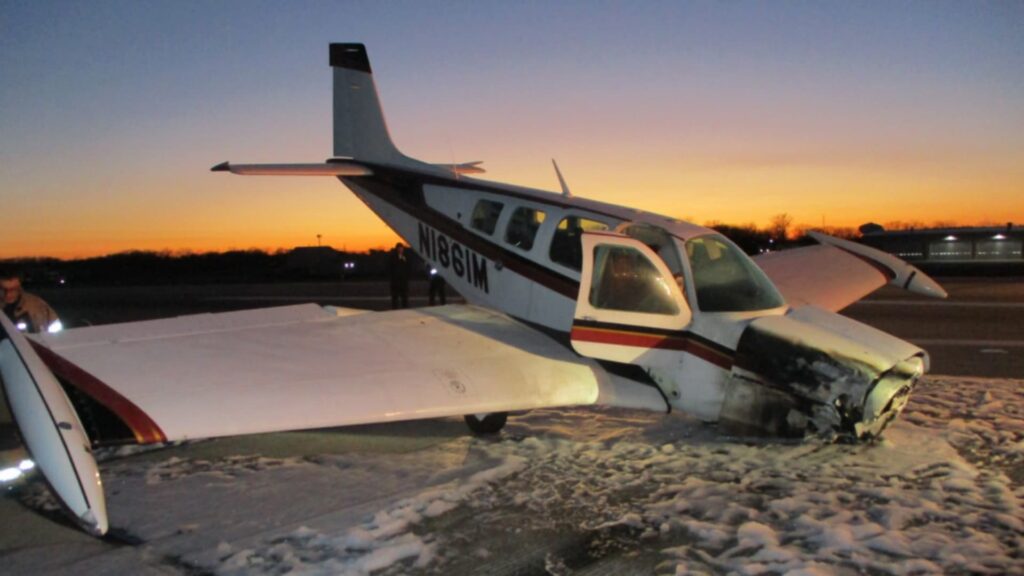
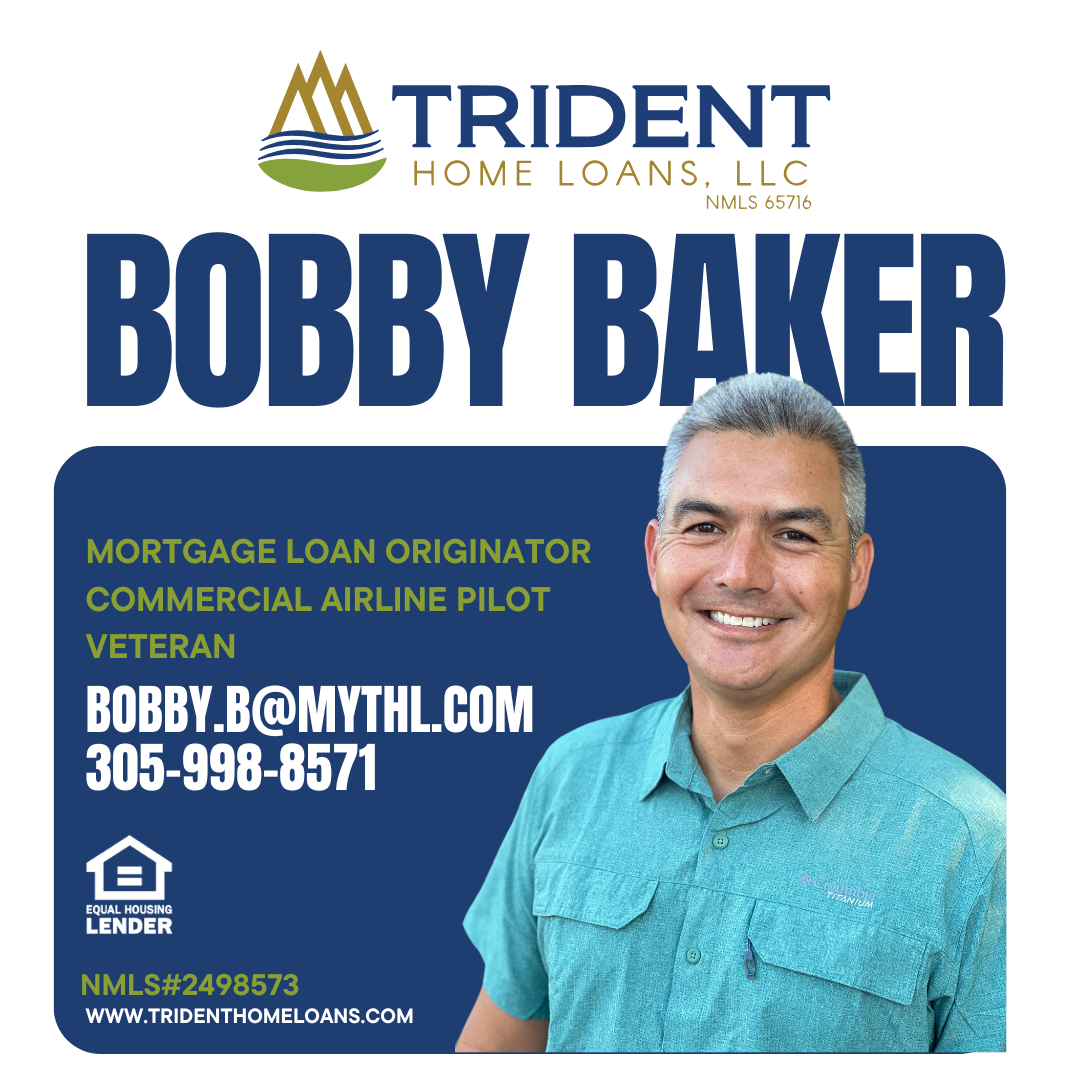


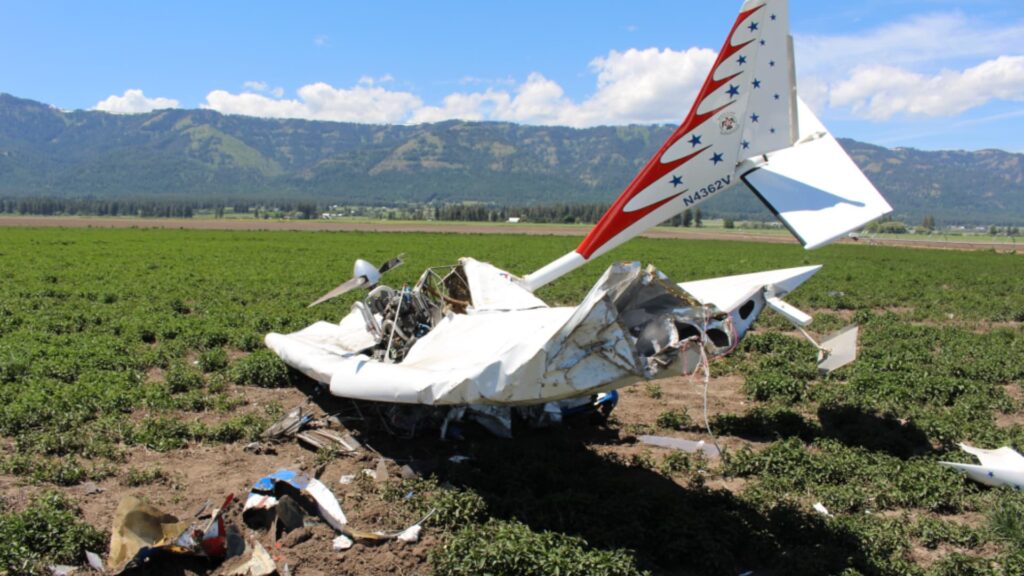
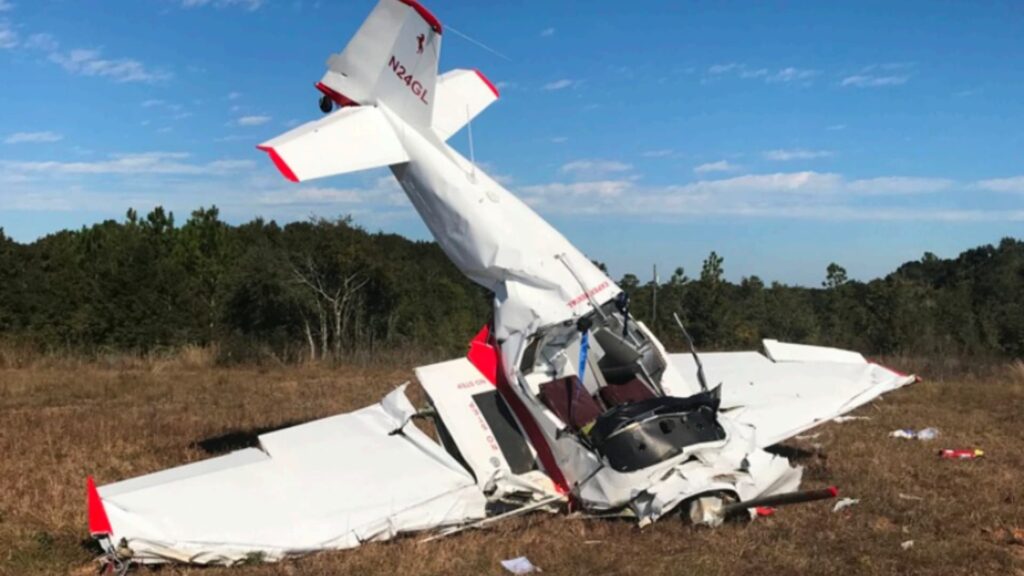
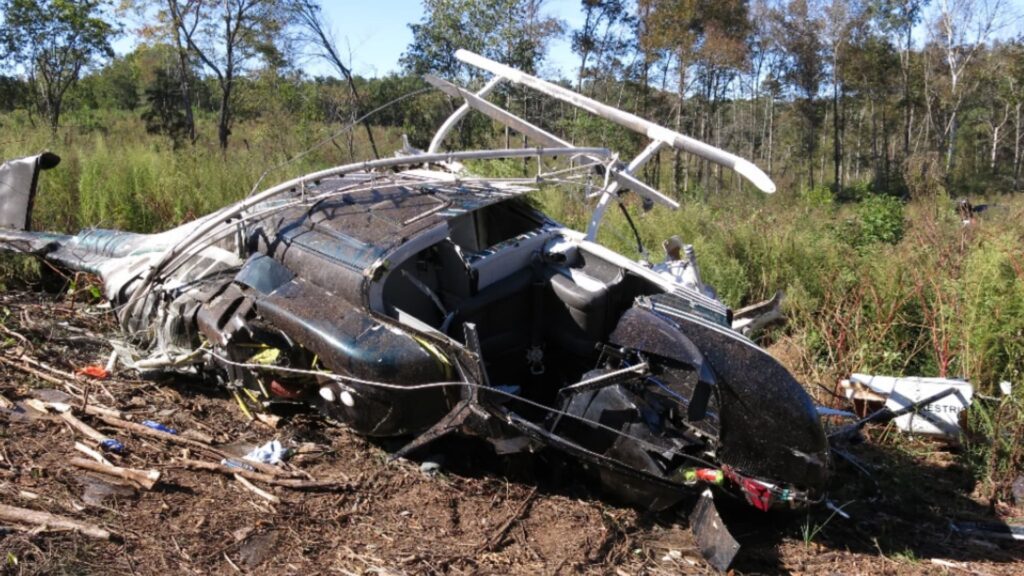
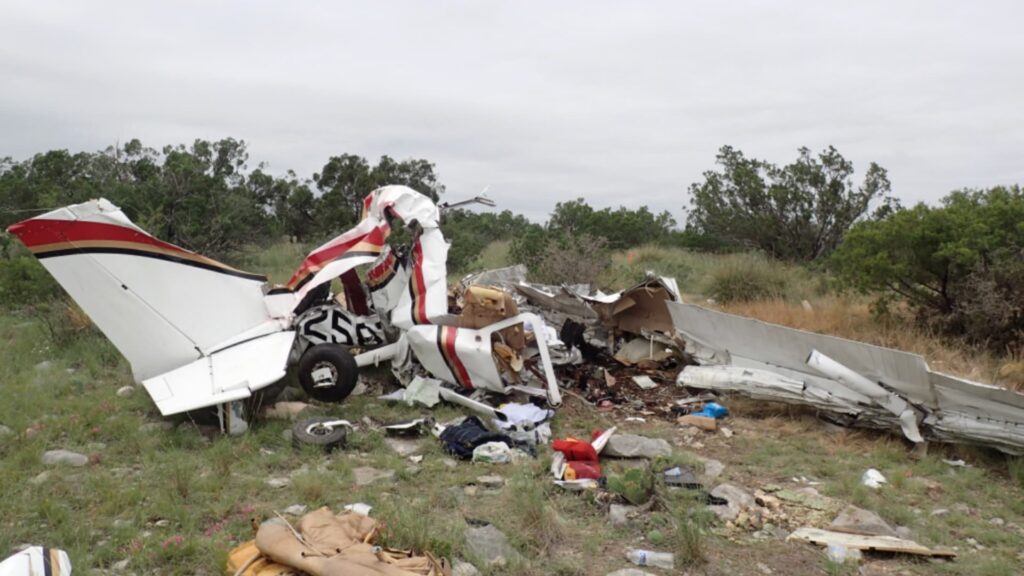
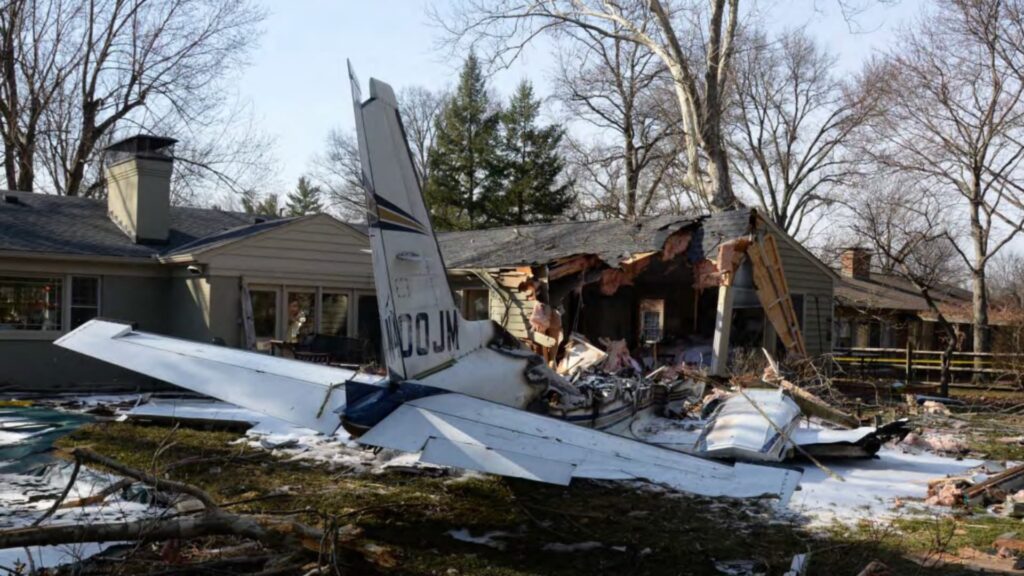
One Comment
Great comments on this one. I really like “Have a first bounce policy.” Don’t know why folks are eager to try to “grease it on” after problems in the final 5. We continue to see problems in this phase of flights.